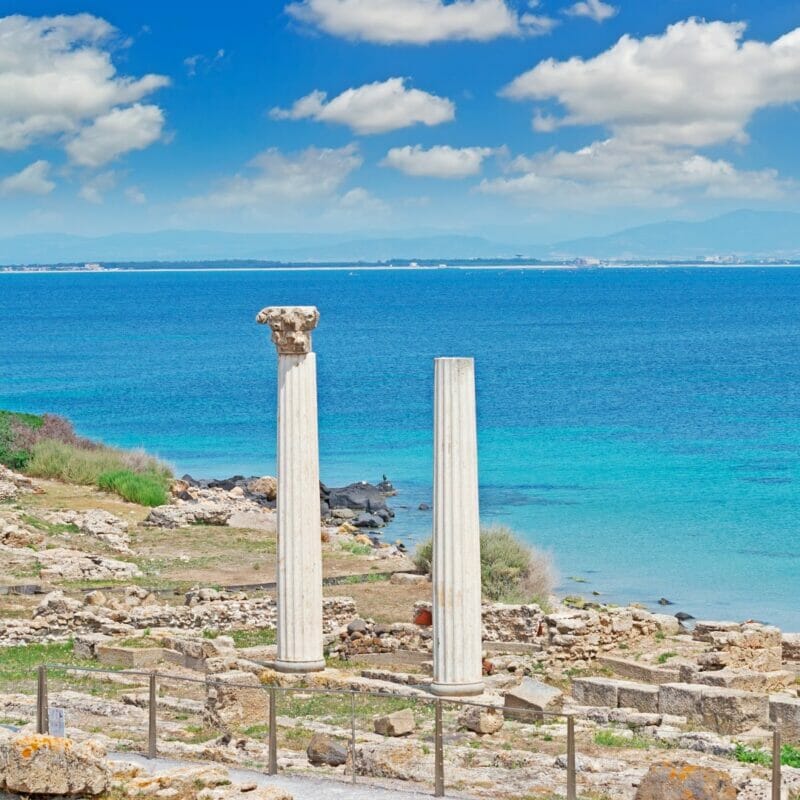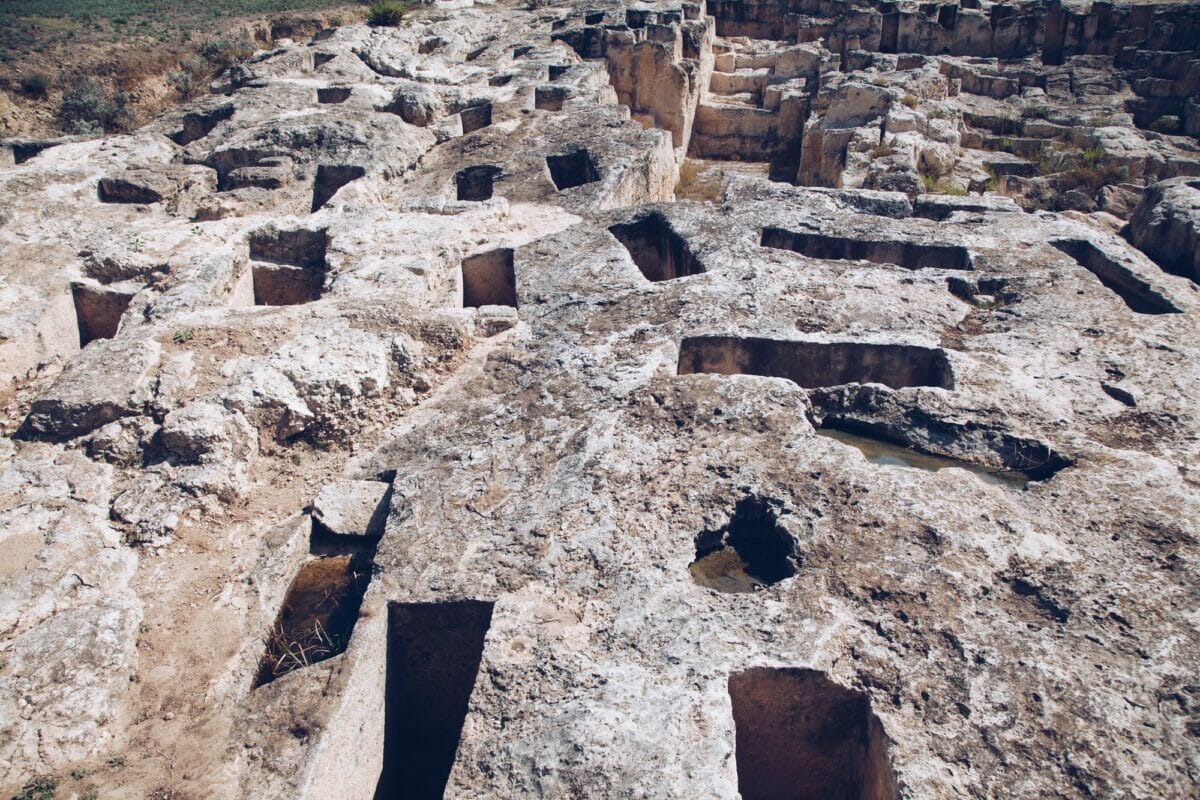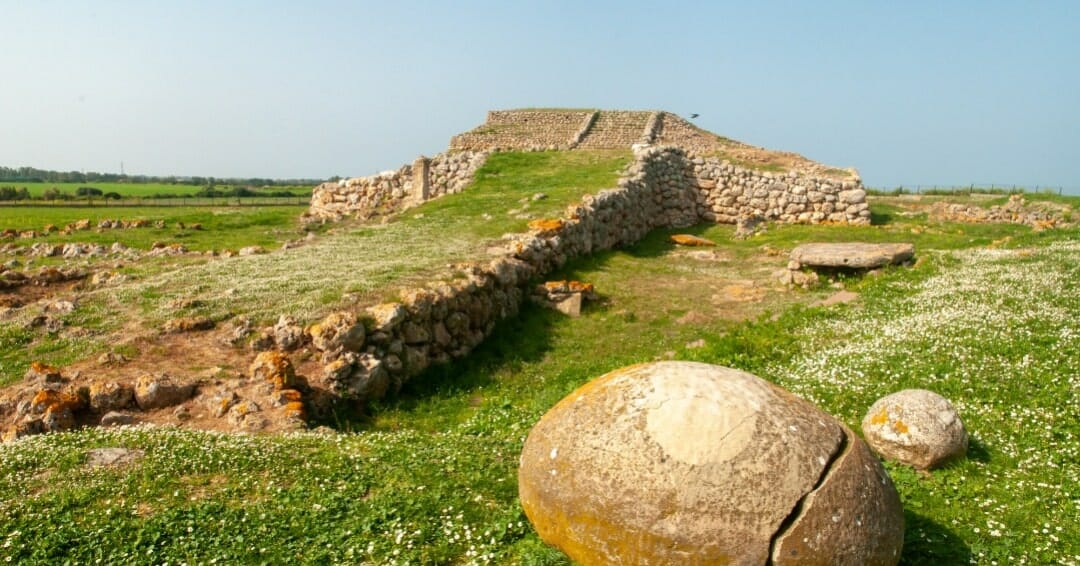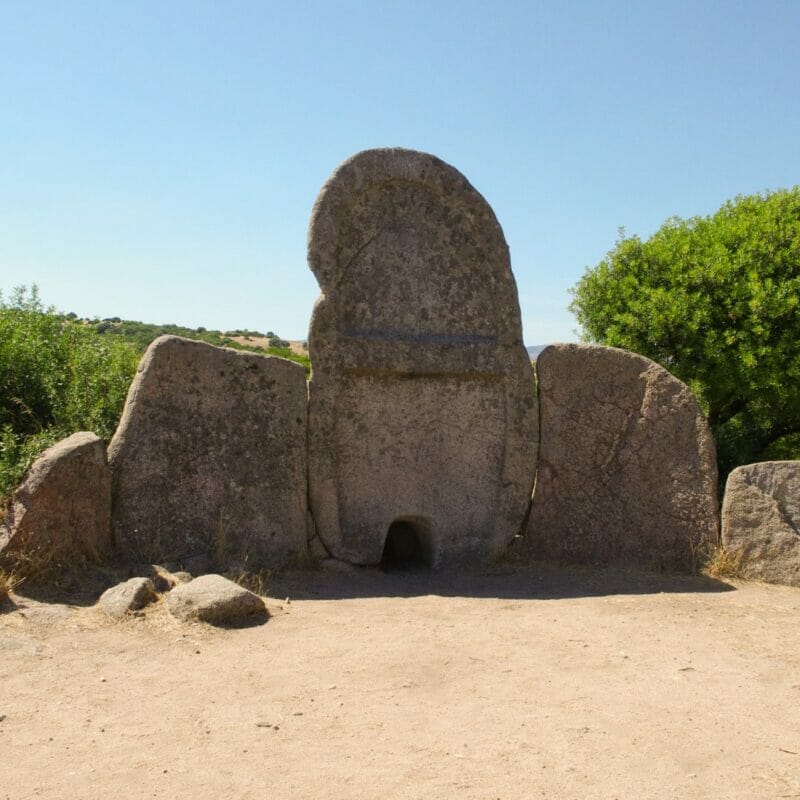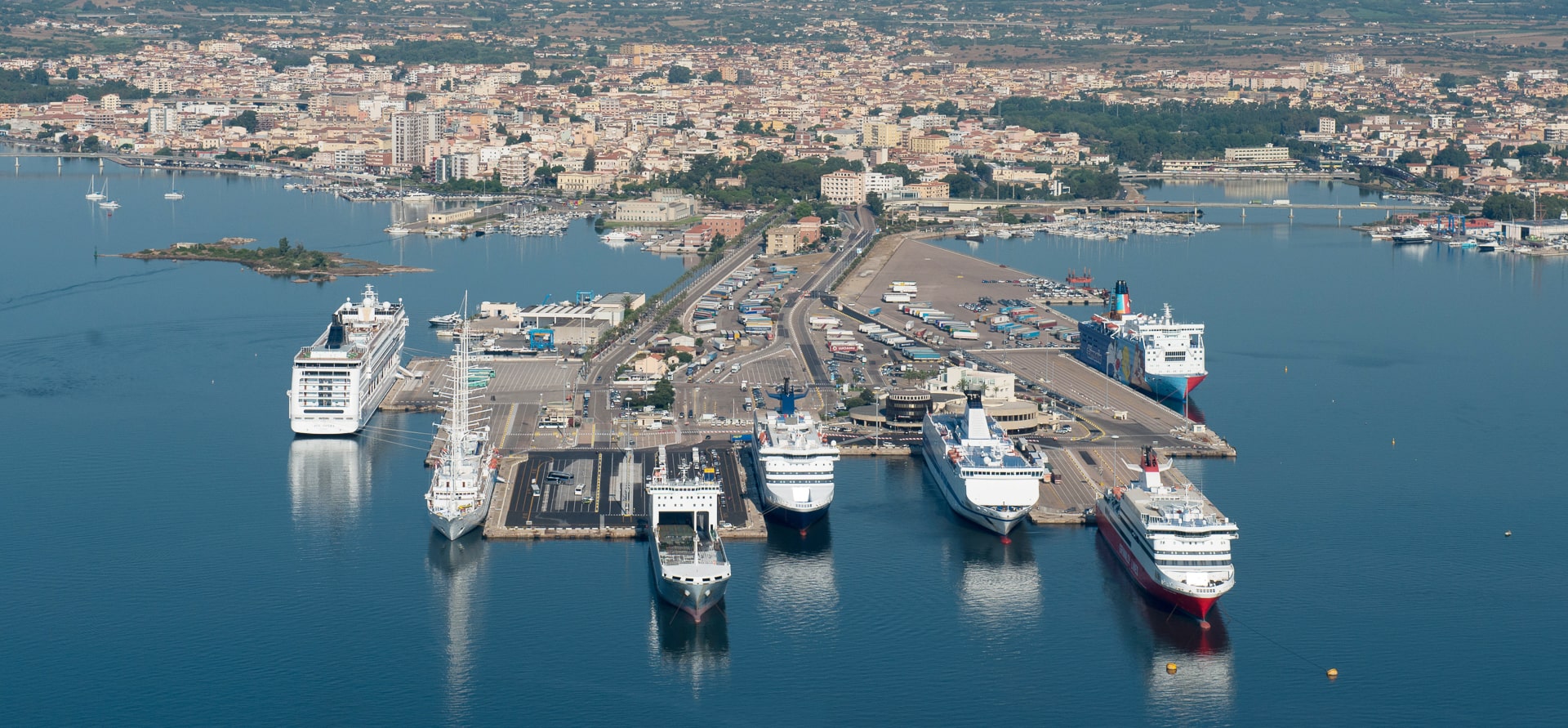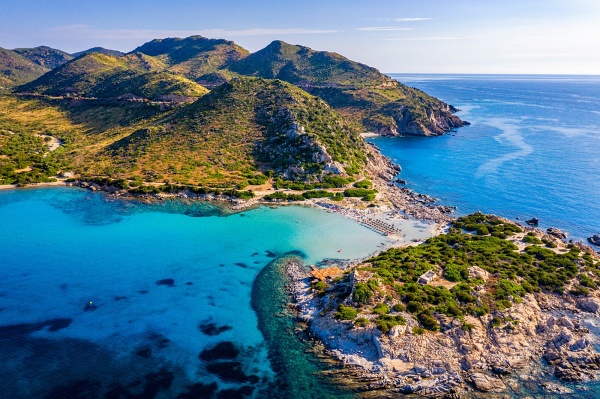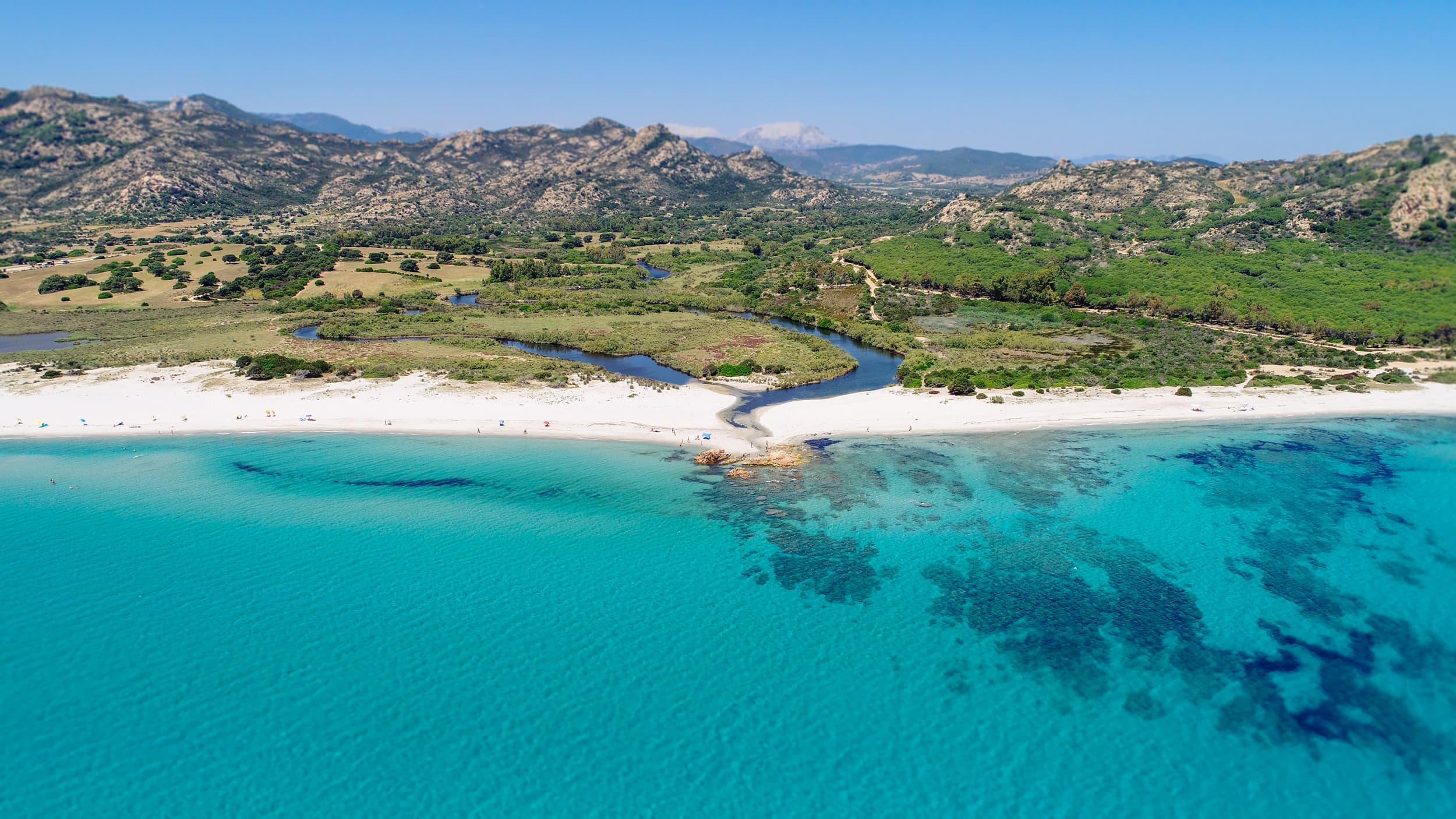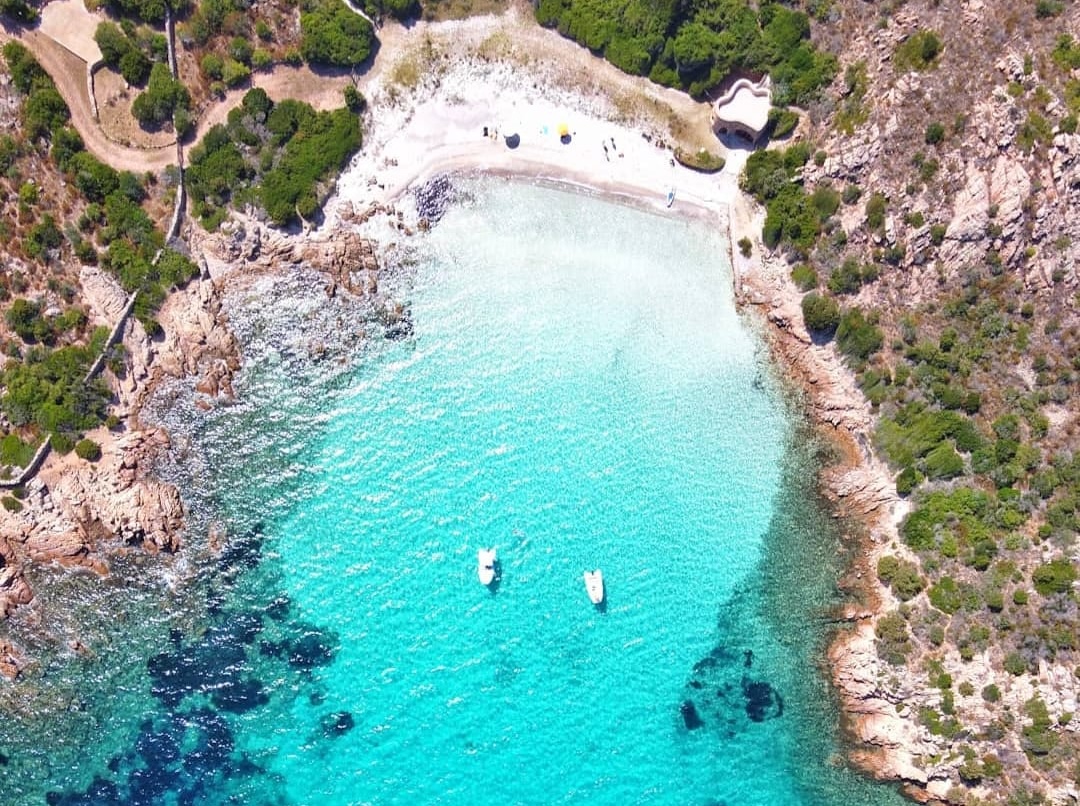Top 5 Hikes archaeological sites Sardinia
Walking tours
- 4 hours
- Cagliari
Walking tours
- 4 hours
- Cagliari
Walking tours
- 8 hours
- Chia
Walking tours
- 8 hours
- Cagliari
Nuraghi Sardinia, map
Map of archaeological sites in Sardinia
Geocoding Error Occurred.
Tried to Geocode:
Error Type:
Please be sure to follow the tutorial on how to setup the Google APIs required for the Advanced Google Map Widget.
Google Map API Key TutorialArchaeological sites in Sardinia
Sardinia is rich in archaeological sites of great importance and interest. The thousand-year history of the island is evidenced by numerous archaeological testimonies, ranging from prehistoric times to Roman times.
Archaeological sites in Sardinia: what they are
Here are some of the most important archaeological sites
The Tombs of the Giants are prehistoric burial monuments dating back to the Bronze Age, characterised by large vertical stones that create a kind of corridor or burial chamber. There are several Tombs of the Giants scattered throughout the island.
The Nuraghi: Symbol of Sardinia
Nuraghi are the most iconic archaeological structures in Sardinia. These stone towers, built between 1800 and 1100 BC by the Nuragic civilisation, can be found all over Sardinia. There are about 7,000 of them, but one of the most famous is undoubtedly the Nuraghe Su Nuraxi in Barumini, declared a UNESCO World Heritage Site in 1997. This Nuragic complex is an extraordinary example of prehistoric architecture and offers a unique insight into Nuragic life and society.
Nuragic civilisation and mythology
Nuraghi are the most iconic archaeological structures in Sardinia. These stone towers, built between 1800 and 1100 BC by the Nuragic civilisation, can be found all over Sardinia. There are about 7,000 of them, but one of the most famous is undoubtedly the Nuraghe Su Nuraxi in Barumini, declared a UNESCO World Heritage Site in 1997. This Nuragic complex is an extraordinary example of prehistoric architecture and offers a unique insight into Nuragic life and society.
The Tombs of the Giants
Another fascinating element of the Nuragic civilisation are the Tombs of the Giants. These funerary monuments, so called because of their imposing size, were used for collective burials. Among the best known is the Tomb of the Giants of Coddu Vecchiu, located near Arzachena. These monuments are characterised by a tall central stele, often decorated with symbols and geometric motifs, which makes each tomb unique.
The Domus de Janas
Domus de Janas, literally 'fairy houses', are hypogeic tombs dug into the rock, dating back to the Neolithic and Copper Age. They are found scattered throughout Sardinia, with a particularly high concentration in the Logudoro region. A particularly relevant site is Anghelu Ruju, near Alghero, where more than 30 tombs have been discovered, some of them decorated with rock carvings and paintings.
Punic-Roman archaeological sites
The history of Sardinia is also enriched by the Punic and Roman presence. The city of Nora, located on the south-western coast of the island, is one of the most important archaeological sites. Founded by the Phoenicians and later occupied by the Punics and Romans, Nora offers an extraordinary combination of ruins that include temples, baths, theatres and mosaics. Another significant site is Tharros, on the Sinis peninsula, which clearly shows the influence of the different cultures that have dominated the island.
Archaeological sites in Sardinia: frequently asked questions
Quick Questions and Answers ⚡
How many nuraghi are there in Sardinia?
It is estimated that there are more than 7,000 nuraghi in Sardinia, which are unique megalithic structures characteristic of the island. Nuraghi are towers or fortified complexes built of stone, dating back to the Bronze Age (around 1800-900 BC) and considered a symbol of Sardinia's identity and history. Each nuraghe is unique in its shape and structure, with some towers reaching heights of over 20 metres. These ancient constructions are scattered throughout the island, particularly in the central and northern areas. Some of the most famous nuraghi include Su Nuraxi di Barumini, Nuraghe Losa, Nuraghe Santu Antine and Nuraghe Palmavera, but there are many more to discover during a trip to Sardinia.
When was Sardinia discovered?
Sardinia has not been 'discovered' in the traditional sense, as the island has been inhabited since prehistoric times. Human presence in Sardinia dates back thousands of years, with archaeological evidence dating back to the Neolithic Age, around 6000-4000 BC. During the following millennia, different cultures succeeded each other on the island, including the Nuragics, Phoenicians, Carthaginians, Romans and other populations that influenced the history and culture of the island.
What is the oldest city in Sardinia?
The oldest town in Sardinia is considered to be Nora, located on the south-western coast of the island, near the town of Pula. The origins of Nora date back to the Iron Age, around the 9th century B.C., when it was founded by the Phoenicians. Later, the city came under the control of the Carthaginians and then the Romans.
Nora's strategic position, with its natural harbour and its proximity to the African coast, has made it an important commercial and military centre over the centuries. The archaeological site of Nora reveals the ancient structure of the city, with its streets, temples, baths, amphitheatre and Roman dwellings. It is one of the most important archaeological sites in Sardinia and attracts visitors from all over the world interested in discovering traces of the island's ancient history.
What are the UNESCO areas in Sardinia?
Yes, Sardinia hosts several areas that have been recognised as UNESCO World Heritage Sites. These areas have been selected for their cultural, historical or natural importance. Here are some of the UNESCO areas in Sardinia:
Su Nuraxi di Barumini: Su Nuraxi is an archaeological site comprising a Nuragic complex dating back to the Bronze Age, located in the municipality of Barumini. It was declared a UNESCO World Heritage Site in 1997 for its importance in the understanding of Nuragic culture.
Archaeological Area of Tharros: Located on the Sinis Peninsula in the western part of Sardinia, the archaeological area of Tharros was listed as a UNESCO World Heritage Site in 2011. The site preserves the ruins of an ancient Phoenician-Punic and Roman city.
Su Romanzesu Archaeological Area: This archaeological site is located in the region of Abbasanta, in the central part of Sardinia. It was recognised as a UNESCO World Heritage Site in 2021 and is considered an important site for understanding the Bronze Age in the region.
Sulcis Iglesiente Geopark: The Sulcis Iglesiente Geopark, located in the south-western part of Sardinia, was recognised as a UNESCO Geological Heritage Site in 2010. This area is known for its extraordinary geology and unique landscapes, such as the Pan di Zucchero rock formations and coal mines.
These are just some of the areas that have received UNESCO recognition in Sardinia, but the island is also home to other sites of great historical and natural importance.

